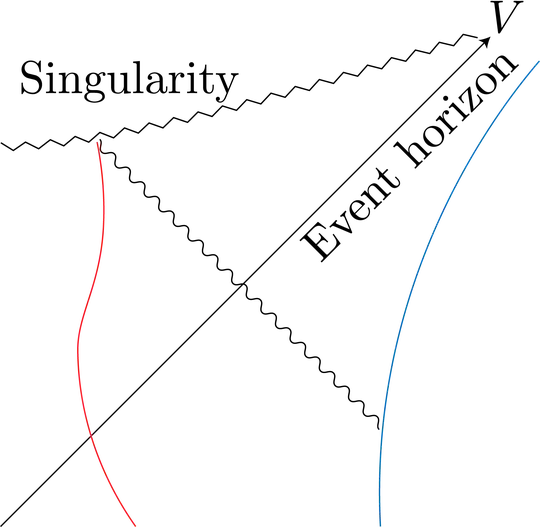It is true that if you fall into a black hole an outside observer would never see you cross the horizon. It is also true that, according to a stationary observer just outside the event horizon, you would appear to be flattened. This is essentially Lorentz contraction which also happens to fast-moving (relative to some observer) objects in flat spacetime. In order to remain stationary just outside the horizon of a black hole, an observer would need to continually accelerate (the same way we continually accelerate to stay on the surface of the earth). This results in a relative velocity between the stationary observer and the in-falling object that changes as the object approaches the horizon. It is this relative velocity that makes the free-falling object appear to be contracted as it approaches the horizon.
It is not correct that an in-falling observer witnesses the entire history of the universe as they cross the event horizon. This misconception stems from treating the proper time of an observer far from the black hole as physically meaningful for an observer passing the horizon. Light can still freely pass from outside the event horizon to the inside (just not the other way around). So, when the observer crosses the horizon, they don't see anything crazy. As far as they are concerned the rest of spacetime continues on normally. It's just that after they cross the horizon, there is some finite time in their future where they are terminated at (or close to) the singularity.
Here is a picture that shows what I mean more precisely,

If you are familiar with spacetime diagrams this is roughly a spacetime diagram for a black hole (called a Kruskal diagram). Time increases upwards and the $V$ axis is the event horizon. The red line is the worldline of someone that falls through the event horizon and the blue line is the worldline of someone staying stationary, outside the black hole. The last ray of light the red line can receive is the curvy line. You see that this is by no means the "last light every emitted in the history of the universe". There are plenty of events along the blue worldline that the red observer can never see.
